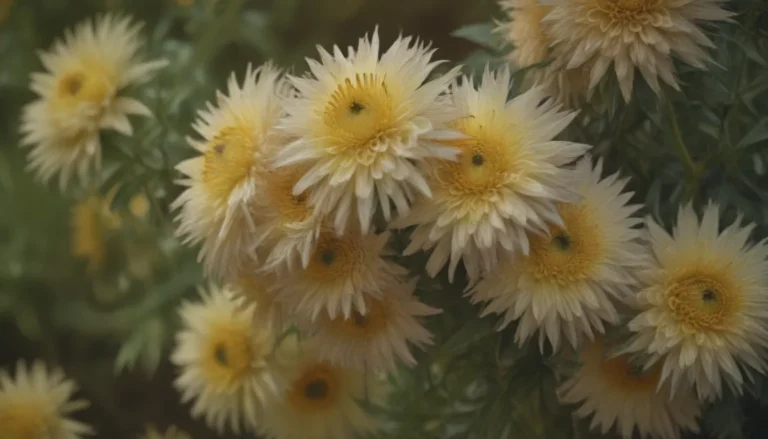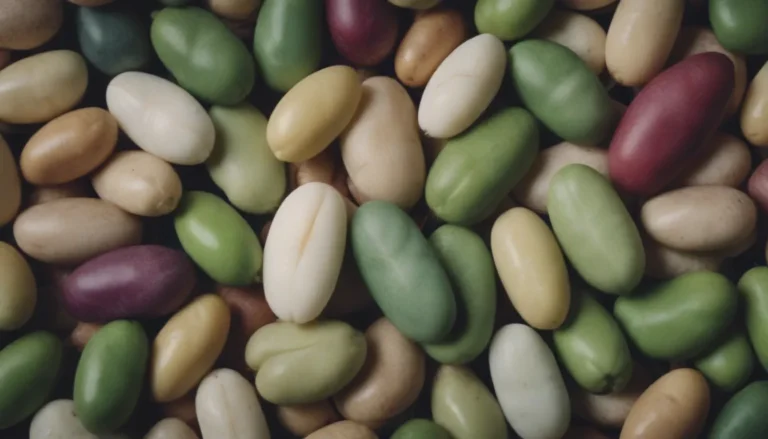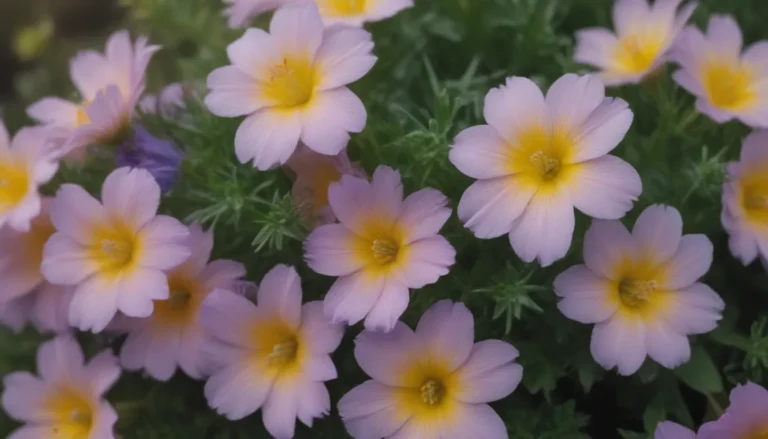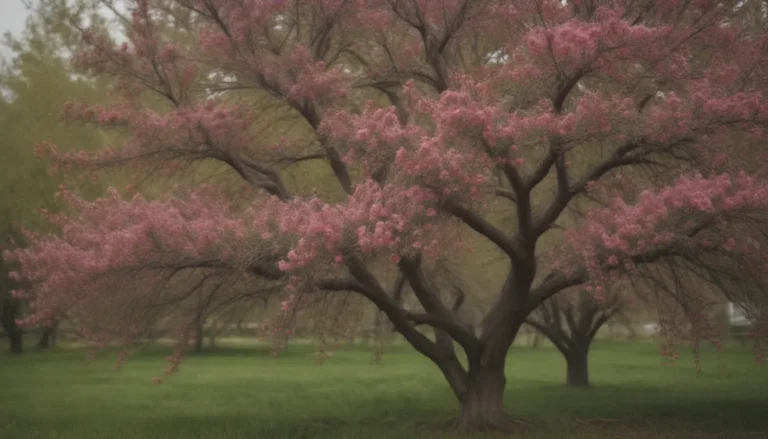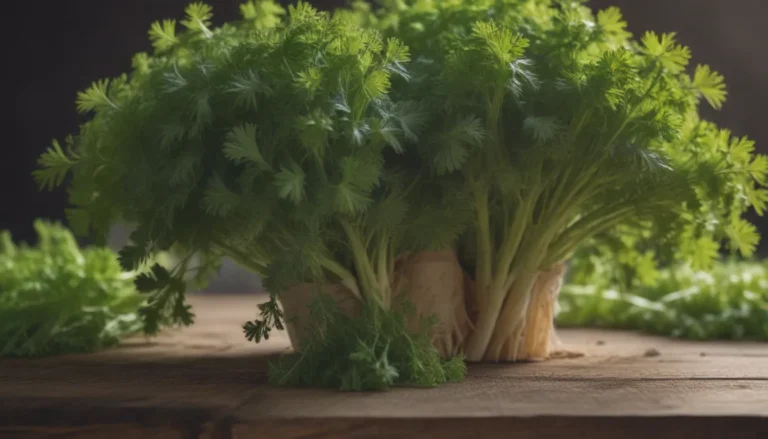A Comprehensive Guide to Growing and Caring for Alocasia Tiny Dancer
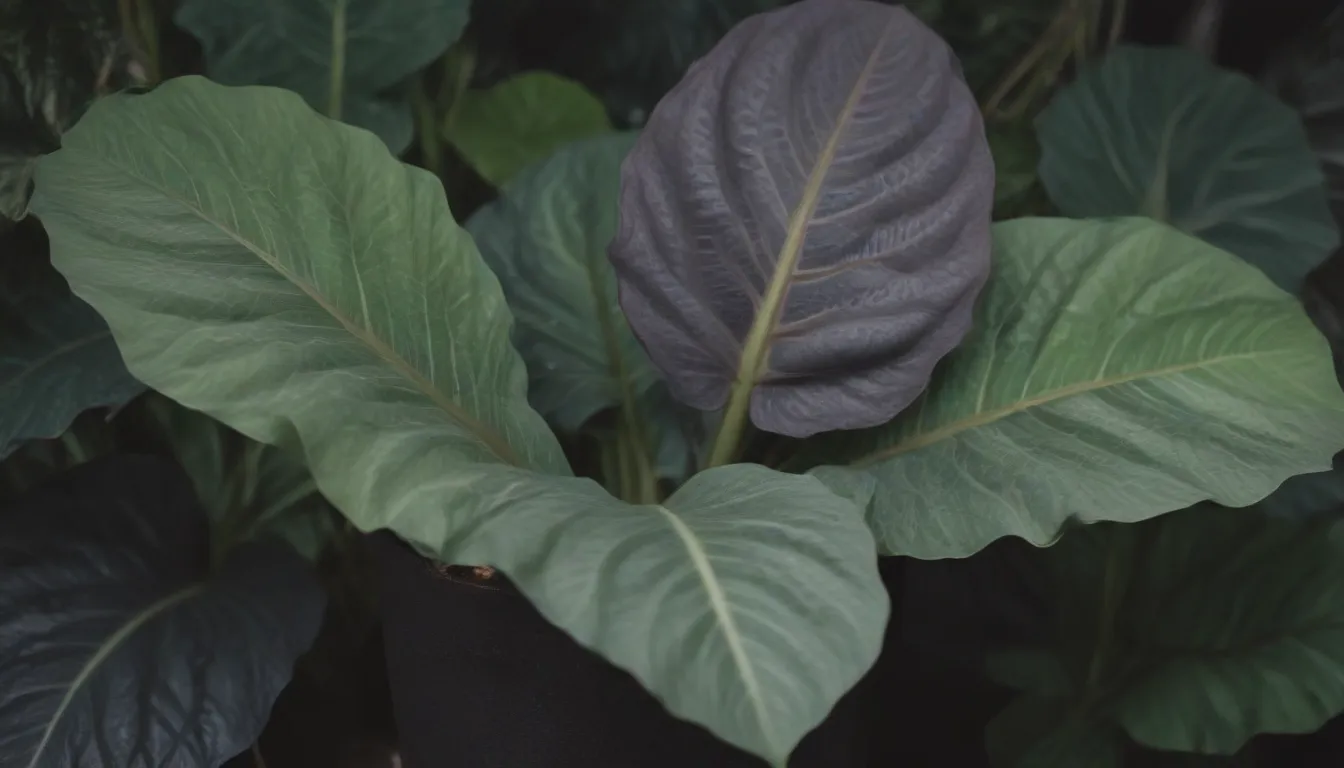
Alocasia Tiny Dancer, a unique and fascinating plant, is a newly developed hybrid that captures the attention of plant enthusiasts with its whimsical appearance. With curved stems and cup-shaped leaves, this plant stands out among others in its genus and was even named the “most unusual aroid” by the International Aroid Society. If you’re looking to add a small, compact plant to your collection, the Alocasia Tiny Dancer might be the perfect choice. However, it’s important to note that this plant is toxic to both dogs and cats, so caution is advised for pet owners.
Alocasia Tiny Dancer Care Tips
Taking care of the Alocasia Tiny Dancer is relatively similar to caring for other Alocasias. This tropical plant thrives on consistent moisture, warm temperatures, and plenty of light. With optimal conditions, it can grow quickly, producing new growth every couple of weeks. While pruning is typically not necessary, removing old growth can help keep the plant tidy. Additionally, don’t worry if your Alocasia Tiny Dancer doesn’t flower indoors, as it’s not known for flowering readily in indoor settings.
Light
The Alocasia Tiny Dancer enjoys lots of light, but be cautious of exposing it to harsh, direct sunlight that can harm the foliage. Ideally, provide filtered or indirect light reminiscent of its natural habitat. You can protect the delicate leaves by using a sheer curtain or window film to filter direct light.
Soil
For optimal growth, the soil should be rich, well-draining, and able to retain some moisture. Consider using a specialized soil mix for aroids or create your own blend at home using potting soil, coco coir, orchid bark, and perlite in equal parts. This mixture offers proper drainage, nutrients, and moisture retention for the plant.
Water
Maintain consistent moisture in the soil by watering regularly, but be mindful of overwatering, as the Alocasia Tiny Dancer does not tolerate soggy soil. Use a pot with drainage holes to ensure excess water can escape during watering. In the summer months, water the plant once or twice a week, but reduce watering frequency during winter.
Temperature and Humidity
To succeed in growing the Alocasia Tiny Dancer indoors, provide warm, humid conditions. Keep temperatures between 65 to 75 degrees Fahrenheit, making it well-suited for indoor cultivation. Consider additional humidity measures, such as placing the plant in a naturally humid room, using a humidifier, or creating a pebble tray filled with water.
Fertilizer
Alocasias, including the Tiny Dancer, are heavy feeders and benefit from regular fertilization during the spring and summer months to support rapid growth. Use a balanced liquid fertilizer diluted to half strength every two to three weeks for best results. Stop fertilizing in the fall and winter.
Propagating Alocasia Tiny Dancer
Propagation of the Alocasia Tiny Dancer is most easily achieved by dividing and growing its corms. While growing from seed is possible, it is a lengthier process. Dividing corms is a straightforward method that can yield successful results with a few simple steps.
Potting and Repotting Alocasia Tiny Dancer
Unlike other plants, the Alocasia Tiny Dancer does not require frequent repotting. Only transplant it when it has outgrown its current container, typically every two years. Signs for repotting include roots emerging from drainage holes or pot sidewalls. Choose a pot that is 2 to 3 inches larger than the previous one to prevent accidental overwatering. Post-repotting, allow the plant time to adjust and refrain from fertilizing for a few weeks.
Common Pests & Plant Diseases
Watch out for common houseplant pests like mealybugs, spider mites, fungus gnats, and thrips, as they can affect the Alocasia Tiny Dancer. In case of pest infestations, isolate the plant and treat it promptly with an appropriate insecticide. Additionally, be wary of root rot, a common issue in Alocasias due to excessively wet growing conditions. Look out for symptoms like yellowing leaves, wilting, and mushy stems.
Common Problems With Alocasia Tiny Dancer
The Alocasia Tiny Dancer may exhibit certain issues that signal a need for adjustments in its care routine. Address these problems promptly to ensure the plant thrives and remains healthy.
Brown Leaves
Brown leaves usually indicate a lack of moisture and humidity. Keep the soil consistently moist, place the plant away from drafts that dry out the air, and consider increasing humidity levels with a humidifier or by relocating the plant to a more humid area.
Yellow Leaves
Yellow leaves can stem from underwatering or root rot caused by overwatering. Assess the plant’s conditions to determine the underlying issue. Natural yellowing and shedding of older leaves are normal, but excessive yellowing, especially in new growth, may indicate a problem.
Dropping Leaves
If your plant sheds all its leaves, it could be entering dormancy (often in fall or winter) which is normal. Reduce watering until new growth resumes. However, leaf loss during spring or summer could suggest an issue in the care routine, such as overwatering or underwatering. Allow the plant time to recover and adjust watering accordingly.
In conclusion, the Alocasia Tiny Dancer is a captivating and unique addition to any plant collection. While it requires specific care, following these guidelines can help you cultivate a healthy and thriving plant. Remember to monitor its growth, address any issues promptly, and enjoy the enchanting beauty of the Alocasia Tiny Dancer in your indoor space. If you’re eager to add one to your collection, consider exploring specialty plant shops or connecting with plant enthusiasts to acquire this charming plant species.
